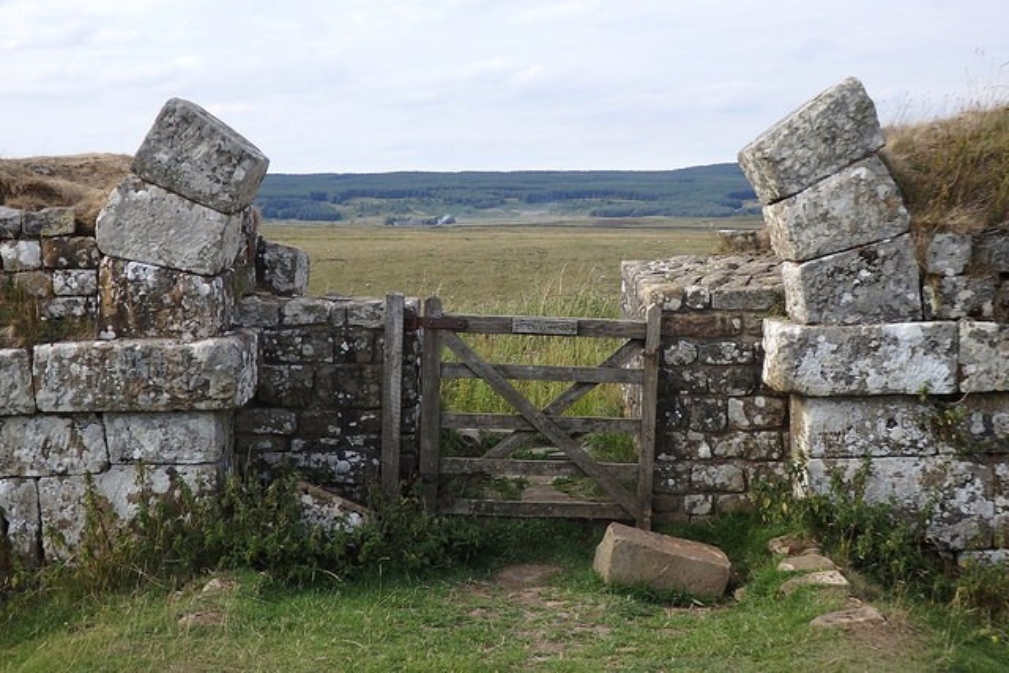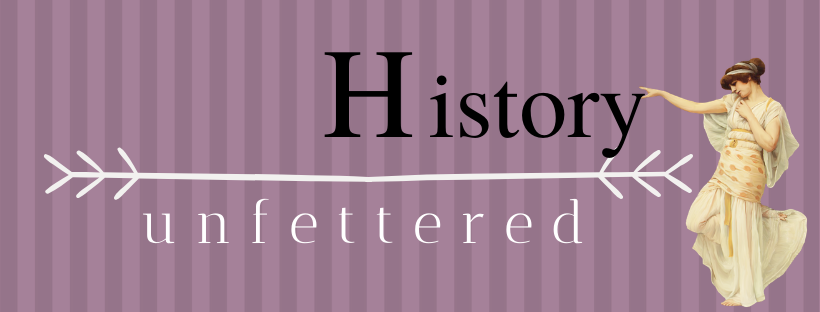In Roman Days, Britain was a Pretty Posh Place

If I asked you to close your eyes and come up with an image of Great Britain, you could probably do it without much difficulty. Maybe you’d envision red phone booths, tea and scones, or cars driving on the wrong side of the road. If I then asked you to think about what it was like in the medieval period you could probably whip something up for that too. Kings, queens, and castles — maybe a knight rescuing a damsel in distress.
Well, what about the period before that? What was Great Britain before the time of Lady Marian and Robin Hood? Your picture for that might be a little lacking.
How it All Began
In the very beginning, before anyone even thought about Knights, squires, and pages the people of Britain were made up of a variety of Celtic tribes. It was certainly nothing fancy, nothing wow. But then in 55 B.C. good old J. Ceaser found the place. Old J. might have been able to defeat the Brits, but apparently he couldn’t defeat the weather and home he went. He tried once more the following year but still had no luck. The Romans waited 100 years before they returned, but return they did. It was Emperor Claudius who once again thought the lands of Britain would provide just the right rustic informal look to the Empire. And so, he invaded in 43 AD.
Now overall, things were pretty good with the Romans in charge. Britain prospered and became very Roman, very cosmopolitan.
In fact, with their arrival, Britain underwent a Cinderella moment. Its whole economy was transformed. For one thing, up to this point coins were only used in the southeastern areas close to the continent. The Romans were quite fond of introducing coins to conquered lands, and Britain was no exception. Soon the whole province was using coins. What made it really great was a guy could get a coin in Britain and spend it anywhere in the Roman Empire.
There was also a nice system of roads, which would pass by the different well-planned towns. The streets were covered with gravel and even had drainage ditches. In the center of town were a forum, a market, and different shops. After a hard day of shopping, a person could spend some time at the public bath. Nothing like a nice dip of the tootsies to revive a person.

The Living is Good
Although the Celtic language persisted under the Romans, residents would have become bilingual. Latin would have settled comfortably into a persons vocabulary, especially if you lived near Londinium. This was a Roman settlement founded on the Thames in roughly the position of the current city of London. For 300 years it was the largest city in Britannia with a population peaking around 50,000. It was the center of government and commerce and highly Romanized. Not only was the first London bridge built at this time, but they also added the largest forum north of the Alps, an amphitheater, and a variety of warehouses for all those imports coming through the port. Trade volume in second-century Britain was actually higher than any other time during the next 1,500 years, and London was at the center of it all.
Pottery manufacturing took off as well. Although it was produced before the arrival of the Romans the quality was much lower than other parts of the empire. With so many new people around, however, demand skyrocketed. The Romans had brought their own potters, but it was hard to keep up with the large demand. The locals realized if they copied the techniques of the Roman craftsmen, they could transform their humdrum pottery into a booming industry. This allowed the British peasantry to get involved in the purchase of Roman-style goods mass-produced locally. Sort of the generic brand of Romanitas.

Romanitas, British Syle
Despite their Celtic origins the locals were starting to take on the manners and values of the Romans. This is especially true of the descendants of Britain’s ancient tribal elites who were really starting to enjoy the finer things of life. Celts who could afford it now started building Roman-style villas with the express purpose of demonstrating their wealth. Amenities included heated floors, and bathhouses just as they did in Rome. It was very exclusive since only family and friends were invited into these vast complexes. Celts could now get drunk on imported wine by the light of their imported oil lamps. After an evening of entertaining they could plop themselves down of their finely crafted upholstered sofas, admire their nicely muraled walls, and fall asleep to visions of power.
And what was the well dressed, newly Romanized Briton wearing? Well, the answer to that depends on what part of Britain you look at. According to Caesar, those in the south tended to already dress like the Romanized Gauls when he arrived. Their relatives up north, however, were still into that early barbarian look. Although wool and flax were probably most popular, evidence shows some people were dressing very fine indeed in the post-conquest period. Silk was found at several archeological sites, some of which were damask.
Other fabrics originating in the Mediterranean were found as well. Style-wise clothing was simple, mostly belted tunics fastened at the shoulder by brooches, a.k.a fancy pins. Although these were already in use the locals once again borrowed from Roman styles and developed new types of their own. In fact, they even developed their own fashion for women using a brooch on each shoulder joined by a chain.
290–360 AD was the pinnacle years for a Romanized Britain. Roman culture was embraced or imposed on most of the population. That means its society was very much like every other society in the Roman empire. People lived in towns that shared a similar structure, planted and tilled with similar tools, and lived in buildings of similar construction. When they died, they were no longer cremated as they had been in pre-Roman days but were buried in cemeteries like those found across the empire. Britan was practically as Roman as Rome itself.
It’s the Economy, Stupid
And then, it all began to fall apart. A small band of Scottish Picts here, an incursion of the Irish Scotti there; all were signs that trouble was brewing. Still, no one would have thought it was the beginning of the end. After all, these things had happened before. Heck, London was even burned to the ground once by a disgruntled tribal queen named Boudica. (You’d be disgruntled too if your land was taken and your daughters raped.) The Roman military patched the holes, and it worked. For a while anyway.
The Barbarian Conspiracy of 367 was an attack by various tribes. Picts, Scots, and Attacotti tribes. Hadrian’s Wall, which had so long formed a safe barrier between the northernmost part of the Empire and barbarians to the north, was breached. Fortifications and villages were destroyed in western and northern Britain. Even defenses along the North sea were overtaken.
New troops were called in, but it still took Roman armies two years to recover from the effects of the attacks. All the problems created a domino effect in Britan. Troops had to be paid, things needed to be rebuilt — it all costs money, money, money and that meant raising taxes. This made life difficult for the average Briton. Trade became sluggish, money stopped flowing, and markets and shops began to suffer.
The Collapse
In the midst of the chaos, civil war broke out and the economy flopped. Roman culture began a steady downward spiral. Villas fell into disrepair, industry faltered, towns were abandoned. By the early fifth century places like York were crumbling and being reclaimed by the marshes.
And where was the great and powerful Rome? Too busy with their own problems, they no longer felt obliged to spare men and money for the outer parts of the empire. In 406 the Rhine front was attacked, and troops in Britain were called on to repair the damage, leaving Britain defenseless. The vulnerable Britons appealed to Emperor Honorius for help against the Barbarians who were now taking advantage of their weakened state. No help came. Rome had walked away from the province, and life, as it had been in Britain, ceased to exist.


Leave A Comment